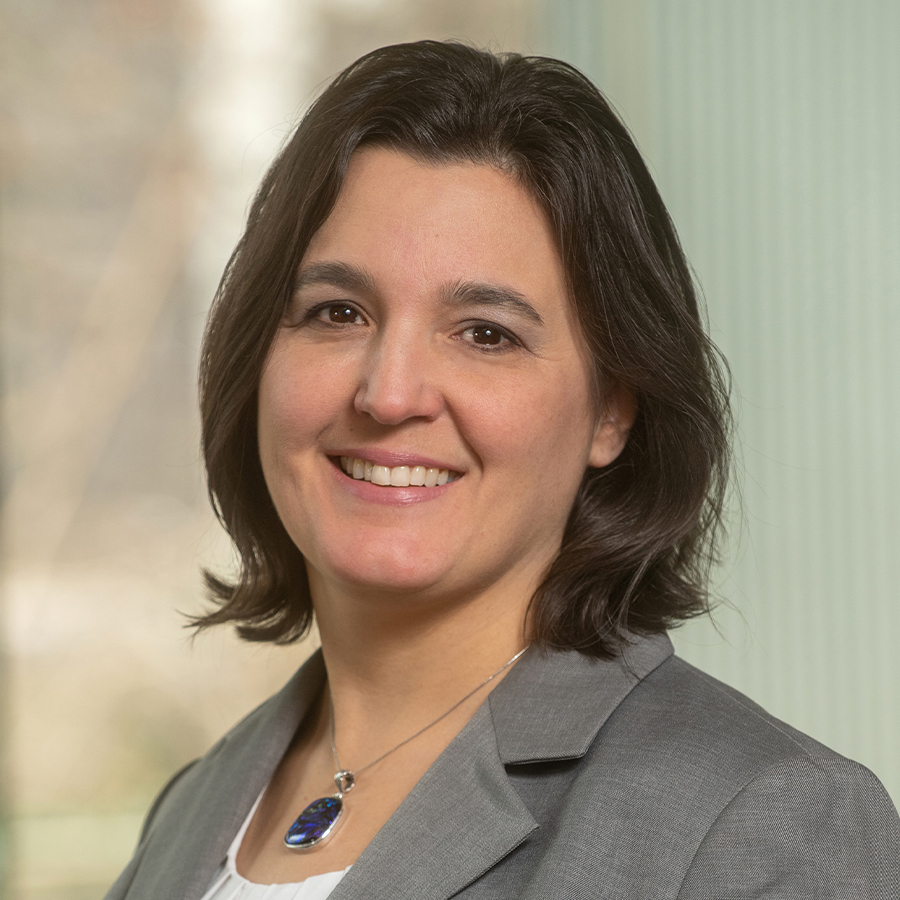.png?sfvrsn=188a2abf_0)
Leveraging Fees for Smarter Solid Waste Management: Policy, Practice, and a Successful Case Study
November 14, 2025 - | Room B230-B232
Speakers
-
Brittany Baporis
Senior Consultant
Raftelis -
Eugenia Manwelyan
Manager
Raftelis -
Jennifer Porter
Principal Consultant
Raftelis -
Vijay Chitkara
Finance Manager
Montgomery County
Fees are one of the most powerful and flexible tools local governments have to fund solid waste services, incentivize desired behaviors, and maintain financial sustainability. This session will explore how jurisdictions can use fee structures more strategically — balancing cost recovery, equity, and long-term planning — to optimize revenue without sacrificing public trust.
The presentation begins with a broad overview of how solid waste fees work and various policy levers, including service-based pricing, parcel charges, and performance-based adjustments. The first half will cover implementation considerations such as rate benchmarking, billing system audits, and customer communication, and emphasize how proper management of fees supports system resilience and improves transparency and fairness.
The second half features a case study from Montgomery County Environmental Services (MCES) in Ohio. MCES provides integrated water, wastewater, and solid waste services to more than 250,000 residents and 6,000 businesses. Concerned about underbilling and revenue gaps, the County partnered with Raftelis to conduct a comprehensive solid waste rate study, develop a long-range financial plan, and ultimately implement a new billing system — the Montgomery County Annual Property Charge (MCAPC).
The updated billing solution, which integrates hauler-reported service data with parcel-based billing, led to an increase of $1.8 million in annual fee revenue. The County achieved this gain with minimal public pushback, thanks to targeted customer engagement and proactive service support. This session will offer practical insights for jurisdictions considering new or revised fee structures, including how to modernize billing systems, communicate changes effectively, and use fees to meet evolving operational and sustainability goals.
About the Speakers

Brittany Baporis
Senior Consultant | Raftelis
Brittany Baporis is a Senior Consultant with Raftelis and specializes in parcel-based fees, focused on stormwater utility feasibility, development, and implementation as well as solid waste services, software solutions, and affordability analyses. Her expertise lies in using financial modeling to evaluate different stormwater funding mechanisms and leveraging spatial and customer data to design rate structures to equitably recover costs. Brittany was the primary consultant on MCAPC implementation and continues to support the County in managing the application and customer service provision.

Eugenia Manwelyan
Manager | Raftelis
Eugenia Manwelyan is a well-versed planning practitioner with 15 years of experience in sustainability, resilience, community engagement, and environmental justice. She has occupied a wide range of multi-disciplinary roles as a consultant, county government senior planner, non-profit executive director, and visiting professor at Columbia University. She has implemented projects ranging from food waste recovery and community solar to circularity and climate resilience.
Eugenia has an up-to-date understanding of the newly available federal funding resources for environmental infrastructure and has extensive experience matching these resources with high impact projects that solve complex problems. She has helped public and private sector clients navigate and apply for grants, loans, and newly available tax credits. Eugenia has given talks and published articles about operationalizing equity, leveraging public private partnerships, and using federal resources to build climate resilient infrastructure.

Jennifer Porter
Principal Consultant | Raftelis
Jennifer Porter is a planning leader with more than 23 years of experience in government and private sector sustainability, circularity and solid waste/sustainable materials management initiatives. Jennifer has demonstrated team building skills and has led client projects in-person and virtually in 20 states and territories in the US and internationally, as well as with one of the world’s largest retail brands. A Certified Practitioner in Zero Waste Principles/Practices, Jennifer’s specializations include sustainability, zero waste, circular economy, solid waste, sustainable materials management, communications and team building. Skilled in program development, project management and scenario evaluation, Jennifer has worked on dozens of complex public- and private-sector client projects. She is currently Co-Chair of SWANA’s Sustainable Materials Management Technical Division Awards Committee and is part of the Knowledge Team for the American Public Works Association’s Solid Waste Committee. Jennifer has also held past leadership positions with the Clean Cities Coalition and the Association of Oregon Recyclers. She is the author of more than 25 published industry articles/speaking engagements promoting thought leadership.






